I don’t know about you, but I find photographing insects and butterflies quite thrilling.It might be the act of slowly sneaking up on them or the knowledge that they could flit away at any moment, but I always feel a sense of accomplishment after capturing an elusive butterfly on camera. Looking closely at the intricate patterns and observing their intriguing behaviors can provide a new perspective. There are a vast number of insects in the world (in the United States, the number of described species is approximately 91,000) so you will never run out of subject matter! The beauty and diversity of insects may just open up a whole new world for you. EquipmentYou don’t have to break the bank on a new camera to get some great photos. Sometimes photos taken with your smart phone can be just as good as photos taken with expensive cameras. Here are a few options: A smart phone with a Macro lens attachment ($15 on Amazon) A digital camera set to Macro mode A DSLR camera with Macro lens attachment Let them come to youIf you are looking for a specific type of butterfly or insect, It is very helpful to know some of your subject’s nectar and food sources so that you don’t spend all of your time chasing an elusive insect. Simply sit back and wait by one of their favorite treats and it is much more likely that they will come to you. For instance, if you would like to photograph Painted Ladies, try hanging out near asters, goldenrods and marigolds. For Monarchs, think Milkweed! If you don’t have a specific subject-matter in mind but just want to photograph butterflies, head to a garden with lots of flowers, a field outside of town or the nearest butterfly house. Sometimes you don't have to go far at all. I've found both Tiger Swallowtail butterflies and Hummingbird Moths feeding on my Beebalm and Coneflower patch in my yard. It may be helpful to look over our Butterfly Identification 101 blog if you are trying to identify a butterfly. Get the Timing RightThe best time to photograph butterflies is in the early morning when the lighting is soft and late afternoon when they are less active. If it is mid-afternoon and you have a perfect opportunity to get a shot, here’s a quick trick to optimize your photo. If it’s a cloudy day, wait for the sun to pass behind a cloud to get a good shot. Sometimes, when you cast a shadow on your subject or move the branch they are sitting on, they will move in order to find sunlight so try not to disrupt their environment too much. Focus!You can start out with your camera in Auto Focus mode to ensure that you will capture your subject, especially when you know that you don’t have long to get the shot. However, if you do have a little bit of time to adjust your shot, manual focus will almost always get the clearest and most interesting shot. A rule-of-thumb is to focus on the insect’s eyes to get the best focus. Tip: Make sure that you have your settings on your camera or phone adjusted before you approach your subject of choice. Insects, and especially butterflies, are apt to fly off at any moment. Framing and CompositionThe main objective is to capture the subject even if it isn’t perfect so don't be afraid to take an initial shot when you can. If you do have time to frame the photo, even better! It’s best to get a plain background, to make sure your subject pops and provides optimal contrast. Butterflies don’t always have their wings open, so try to time the shot when their wings are open but also try different angles for more interesting photos. Ready to give it a try?SaveOurMonarch’s 3rd Annual Photo Contest is currently in progress until September 1st so you have lots of time to hone in on your insect photography skills and display them to the public! For for information, read eligibility guidelines on our Facebook page. Other ResourcesDigital Macro & Close-up Photography - Ross Hoddinott
Close-up on Insects: A Photographer's Guide Hardcover – by Dr. Robert Thompson (Author), Stephen Dalton (Foreword)
3 Comments
|
AuthorRebecca Chandler Archives
March 2024
Categories |

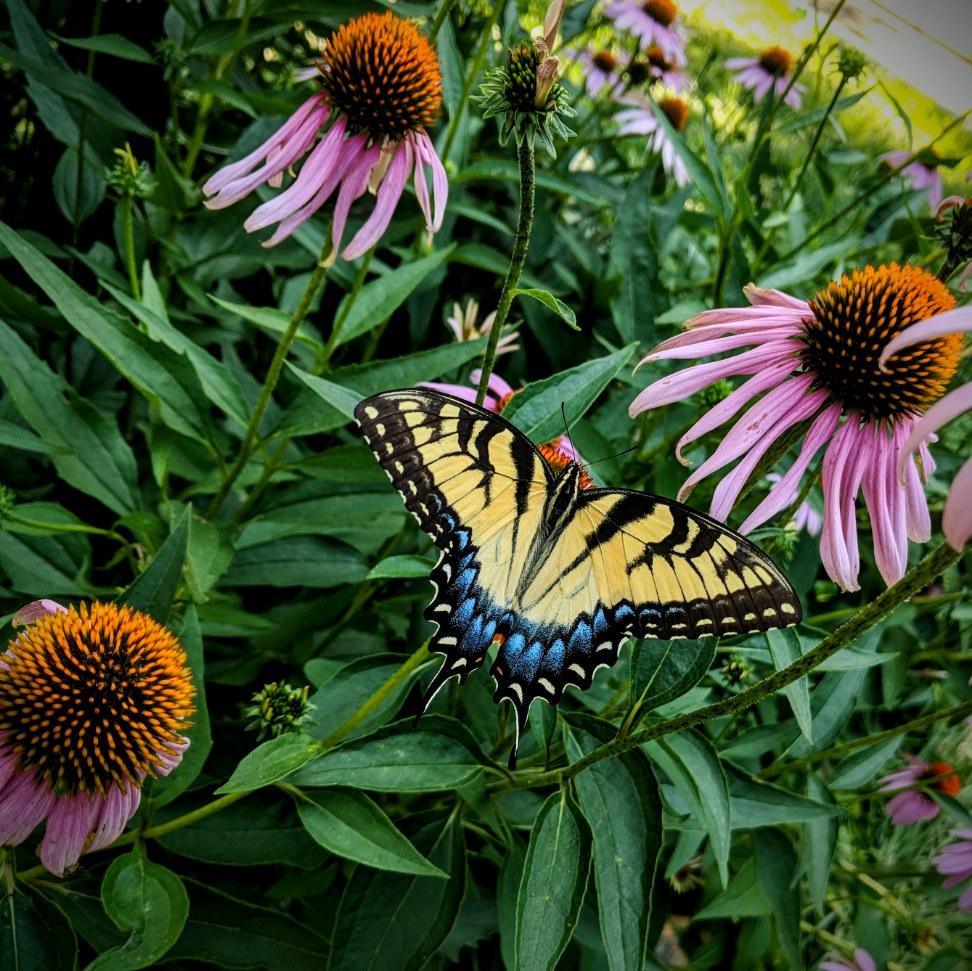
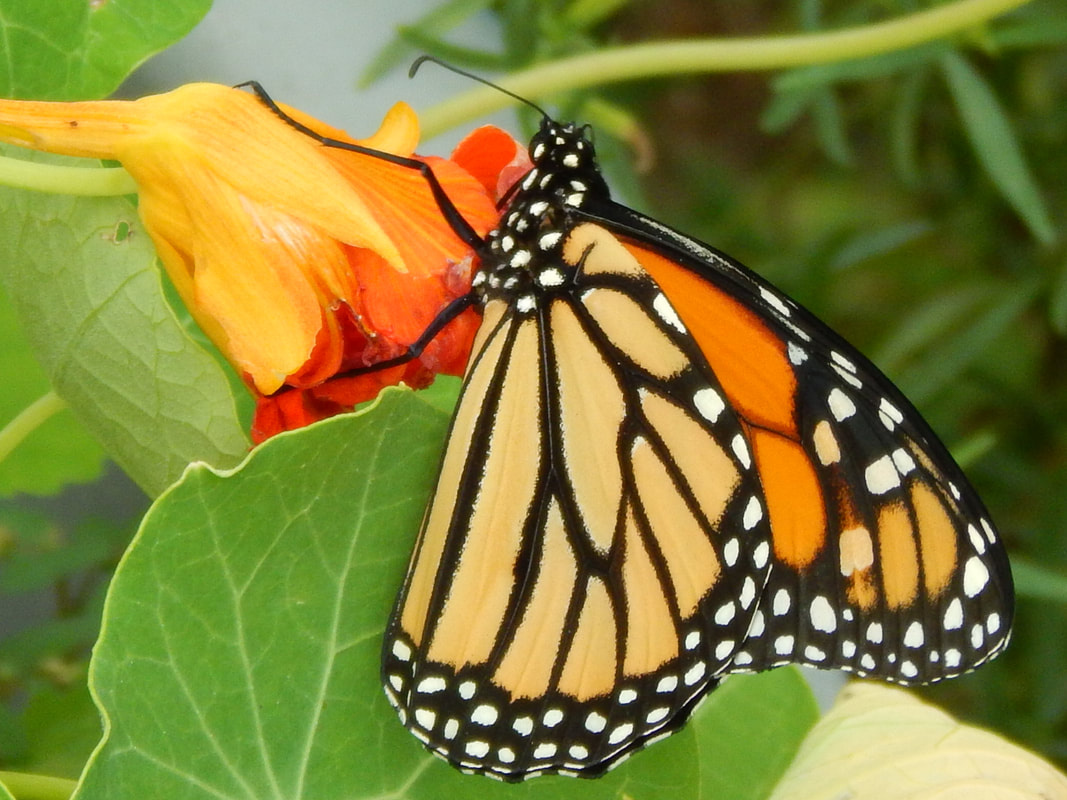
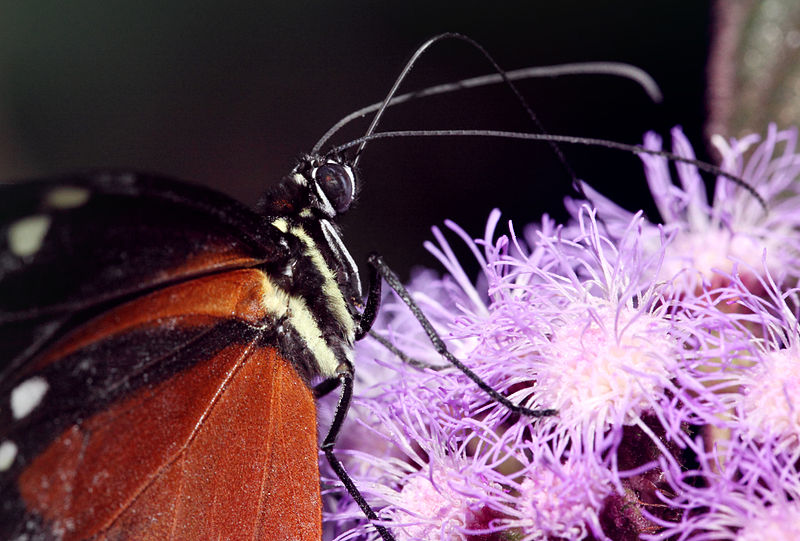
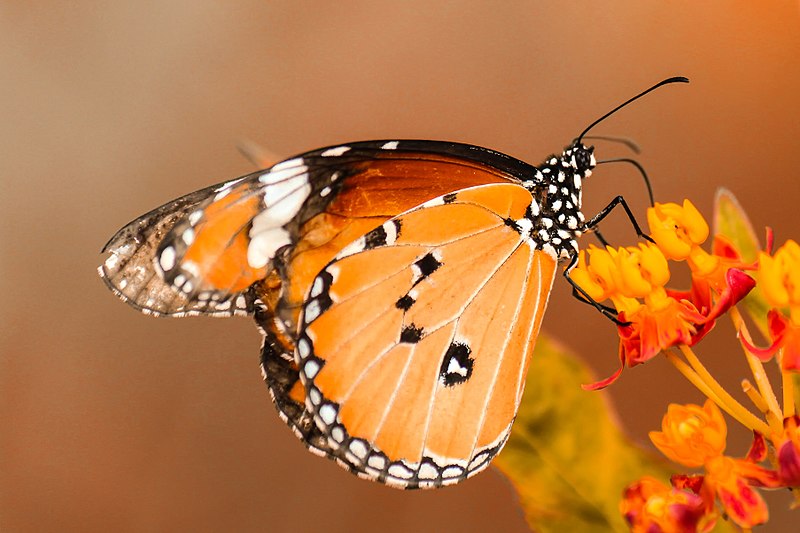
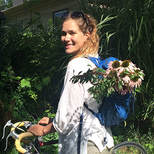
 RSS Feed
RSS Feed